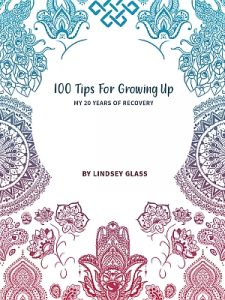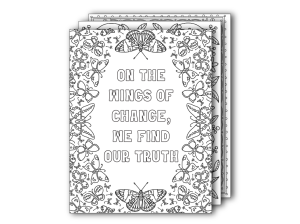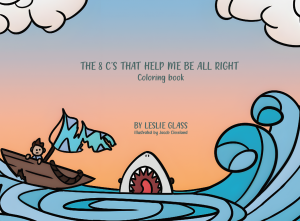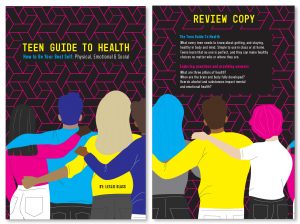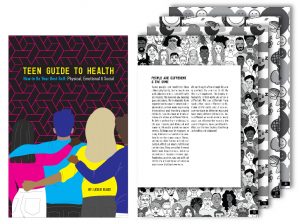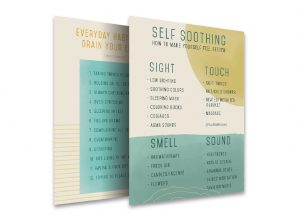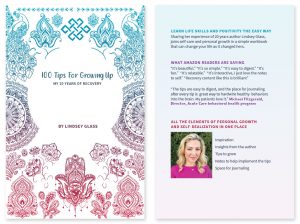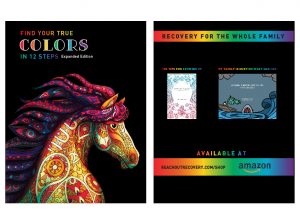Grieving Is Part Of A Painful Loss And So Is Healthy Letting Go
Grieving hurts, sometimes unbearably, so why can’t we let the pain go and happy memories live on? Why do some people hang onto their grief while others are able to adjust to the loss and find joy again? After all, death and dying are inescapable and part of life itself. Everything lives and dies. So when mourning doesn’t stop, is a secondary unintentional gain to be had from perpetual sadness and regret?
Are chronic mourners also plagued with depression and/or anxiety of an addictive nature
such that they are unable to let go? Or have they been unable to process their grief, sadness, and
cause of same from an acute event? All are considerations suggested by friends, family, and
witnesses to this process. Culture can play a part in how long people grieve. It’s considered normal to go through a proscribed grief cycle of twelve to eighteen months. But the time frame may vary with different countries and eras.
Grieving: Mourning Has A Societal Component
Who decided what should be the grieving process? And why? We assume it is out of respect for the
person who died, a way to show our love, and that we miss them. Culturally, the proscribed time period
could act as a signal to the mourner to stop grieving and get on with life. It could be permission to be happy again.
I remember watching the movie Gone with the Wind and seeing that ladies, including the
heroine Scarlett O’Hara, who were newly widowed would wear black and go through a
mourning time period of twelve months. After that year-long period, which appeared to include
other rituals and rules of society, they could resume normal life and regain their place in
society.
Occasionally in movies and life we see women who become stuck in that grief ritual and
continue to wear black for the rest of their lives. As an aside, I’ve not seen men follow rules of mourning and grief, but I have seen men also struggle with the grief of losing someone. Their lives seem to be in a state of interruption.
What Happens When Grieving Never Ends
So, what happens after the typical respected time of mourning if you can’t let go and
move on? When does grief become a habit that now you find you cannot close? Some people don’t have a different place or person to express love. Grief becomes their way to express missing the deceased and also to continue loving. Does this ongoing grief become a craving and provide a bridge to the one they lost? Does it become a way to continue the relationship that was a prime and important part of their life? Is chronic grief a habit, addiction, or exercise in love?
Grieving: What Is Prolonged Grief Disorder (PGD)
According to the Diagnostic and Statistical Manual of Mental Disorders, 5th Edition, there is now a Prolonged Grief Disorder (PGD). This disorder recognizes that long-standing unresolved grief can lead to the mental illness, and depression. Treatment is available for those who can’t get over their loss.
The diagnostic criteria of Prolonged Grief Disorder include:
- Feeling as though part of oneself has died
- Marked sense of disbelief about the death
- Avoidance of reminders that the person is dead
- Intense emotional pain (anger, bitterness, sorrow) related to the death
- Intense loneliness
All addictions begin with brain reward, a feeling of pleasure from a substance or behavior. What that means is the pleasure center of the brain lights up regardless of whether your activity is healthy or can hurt you. PGD is based on a reward system just like any other addictive behavior with a feedback loop.
With PDG the pleasure centers of the brain become activated when you think about your deceased loved one. What should be positive feedback and good feelings, however, may be guilt or regret for things undone, or anxiety about what is happening now. Your guilt and regret forbid you the moments of joy or happiness i.e. I can’t be happy because my___ is dead.
Grieving: You Can Change Your Sadness Habit
Habits can be changed by substituting something else in its place. It takes 30 days to make a new habit. So you do you begin? Groups like AA use the substitution model to help addicts change course. Extended grief can become an addiction that needs to be reprogrammed. Breaking a bad habit is facilitated by substituting a different habit in ts place. A better habit. Try giving up something you like for thirty days. This will help show you that you have control over the habit. After doing this step a few times with other habits or rituals you enjoy, you can plan to give up the grief process and all that remains of that ritual.
Grieving: What is Your Substitution
Prior to that step, find what you want to replace it with. It should be something that you
know will give you joy. Joyfulness makes for good moods, not sad moods. and creates new
happy habits. A new pet, like a dog or cat, can distract and help people find a new object of love for healthy personal expression.
And Check Out These Articles:
The Sadness Habit
How Do We Get And Stay Happy


